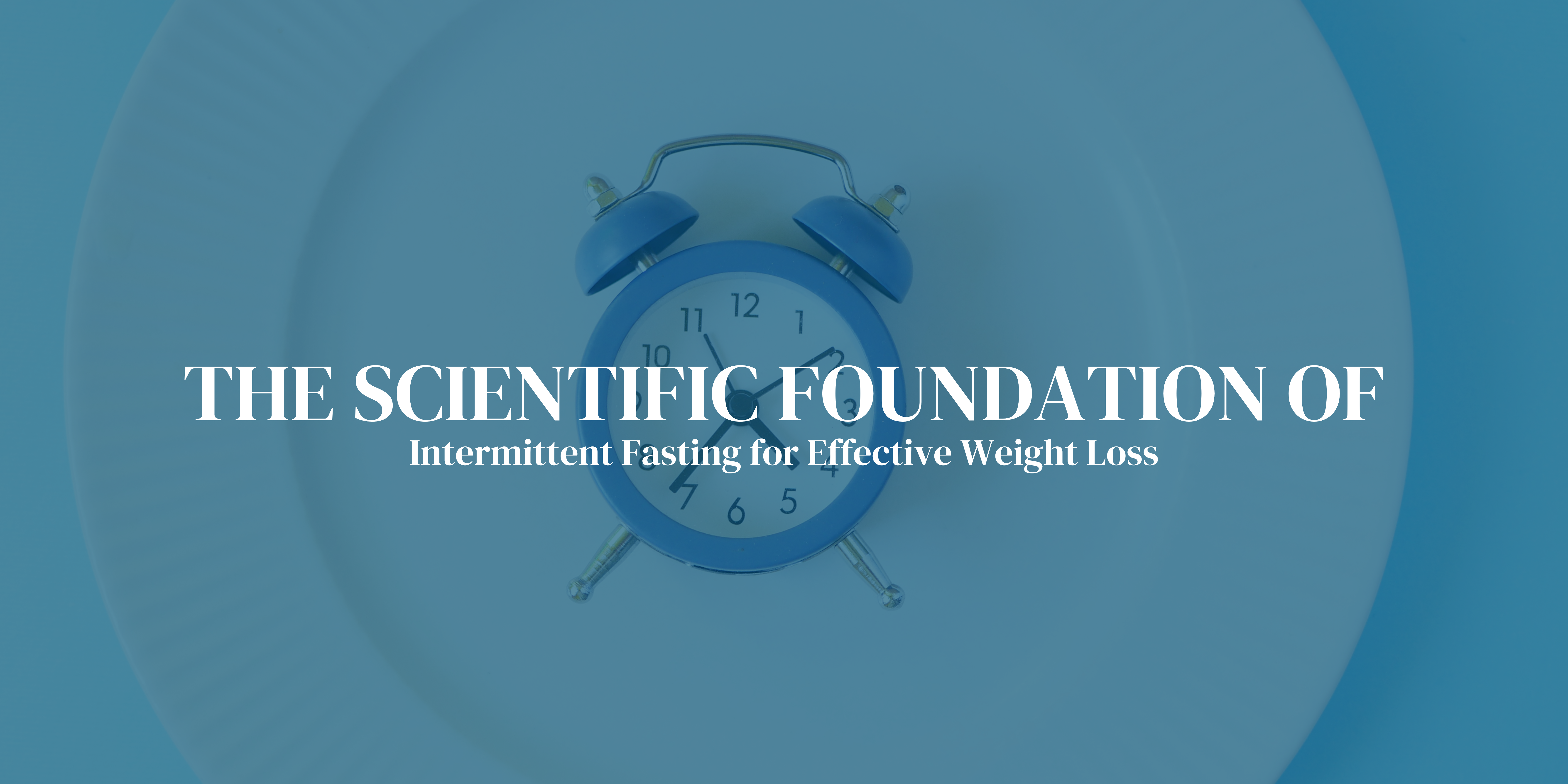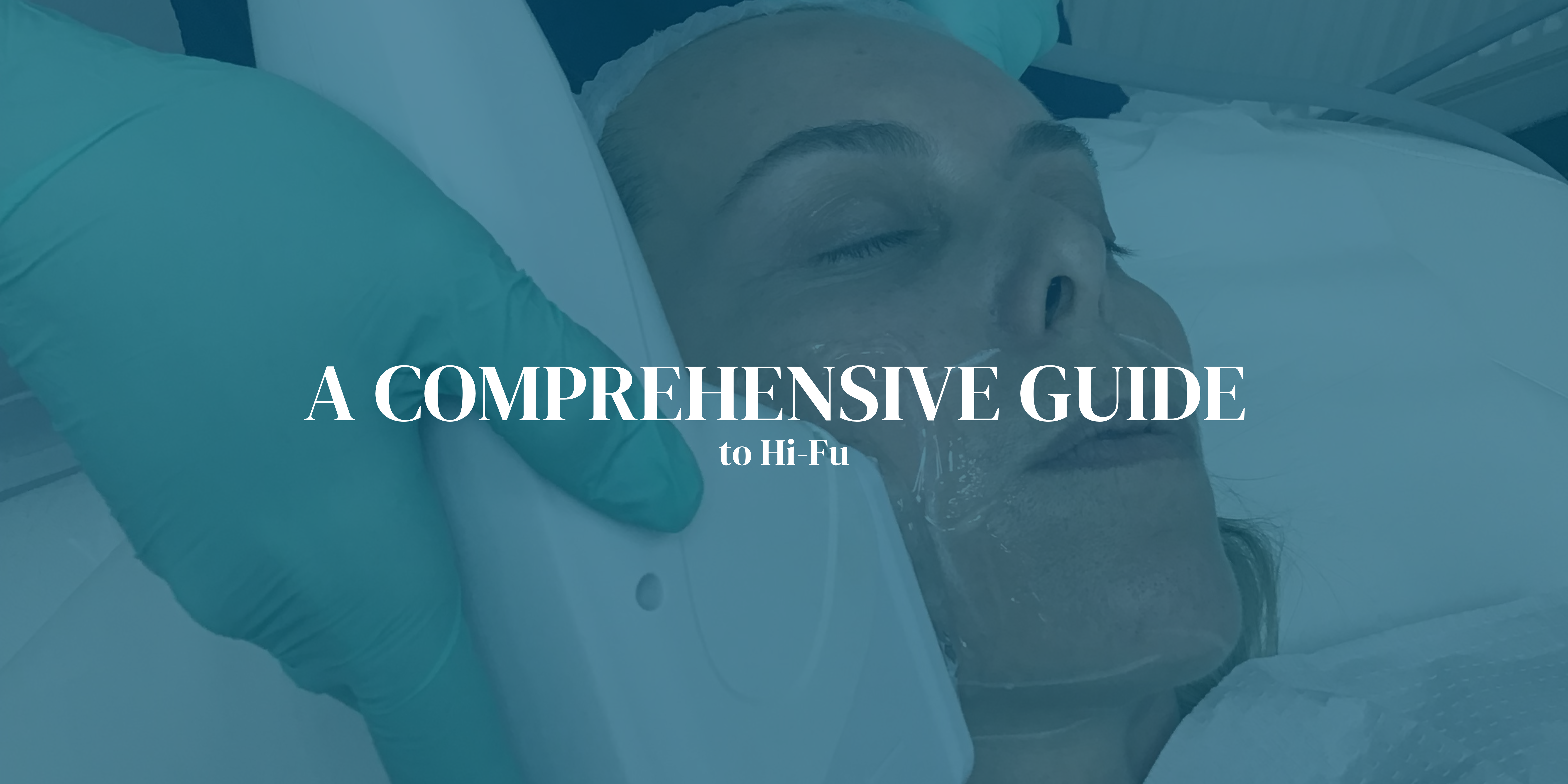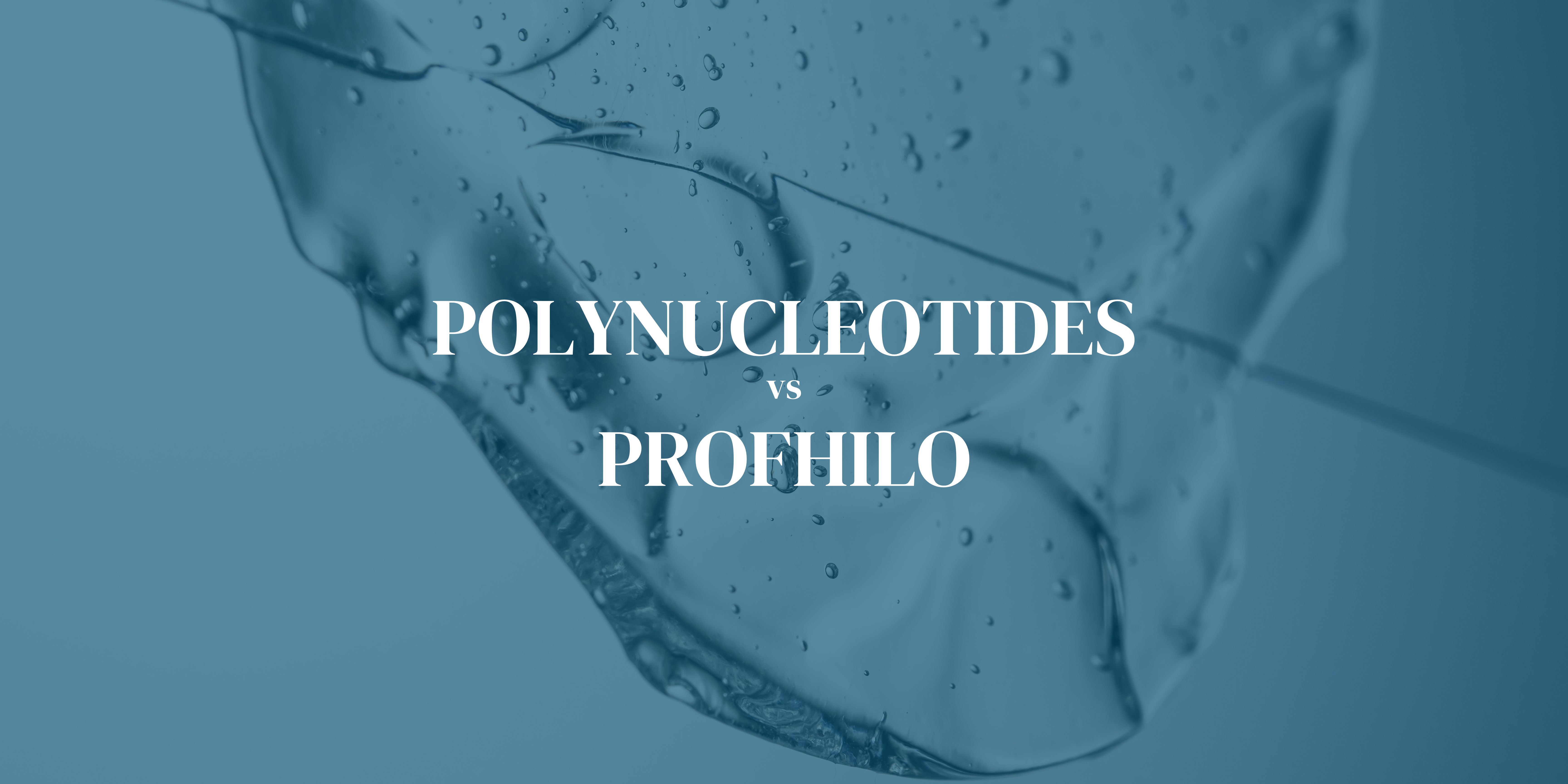Despite what glossy magazines may tell us, acne isn’t just something we battle in our teenage years. Adults can also suffer from acne breakouts – and it can happen at any age.
Adult acne can affect both men and women and, though the pimples may appear the same, adult breakouts are actually rather different to the ones you may have experienced through puberty.
For men, acne commonly appears on the back, but it can appear around the lower half of the face as a result of the regular grooming regimen. In women, it often appears on the cheeks and forehead.
Acne can be caused by numerous factors including hormones and sometimes even genetics. In this blog we will break down five factors that could contribute to adult acne to help you on your way to a clearer complexion.
Consider your skincare
While a good skincare regime is crucial to keeping your skin healthy, too many different products, including your moisturisers can actually lead to acne breakouts. It’s good to be mindful when you add new products, ensuring they are formulated with approved, helpful ingredients such as actives and antioxidants to care for the skin.
New products may contain some preservatives and ingredients that don’t agree with some of your other products; this could overwhelm the skin, leading to irritation and acne breakouts. We recommend introducing any new products slowly, and making sure they are formulated using ingredients that agree with your skin.
Give products at least one month to work, and expect to wait three months to see any visible results from new skincare additions. If you are using any specific acne treatments, be mindful as they can be harsh on the skin; if you mix and match too many of them it can actually make your acne worse. It’s a good idea to speak with your skin expert if you need some guidance.
Remember to double cleanse
Your evening skincare routine should always start with a double cleanse. After a long day, makeup, oil, and dirt build up results in a triple threat to the skin, leading to clogged pores and acne breakouts.
The first cleanse will remove any makeup and surface dirt from the skin, and the second cleanse will help target any acne-causing bacteria that may be trapped within the pores. Make sure the cleanser you use is gentle, and doesn’t strip or irritate the skin causing it to feel tight.
Don’t forget to exfoliate
Two to three times per week, you could try to incorporate an exfoliating treatment. Exfoliators are designed to target, and deep clean the pores to draw out any impurities or acne causing bacteria. They will also help to remove any dead skin cells, and promote healthy cell turnover for a brighter, clearer complexion.
Look out for ingredients like salicylic acid, lactic acid or glycolic acid in your exfoliator as these will really help to regulate your sebum production and remove bacteria. After exfoliating, we suggest going in with a vitamin A treatment, which will further help to stimulate healthy skin cell renewal, and help to treat any active breakouts you may have.
Be mindful of the time
This is particularly important for your evening skincare routine. Make sure you are not doing it right before going to sleep.
Give your products at least an hour to sink in and really penetrate the skin before you head to bed. If the surface of the skin is still saturated in products, it will inevitably transfer onto your pillow and therefore will have less effect on the skin.
Your hair removal routine
Be mindful of what you use on your skin both during and after hair removal. Many products are comedogenic, meaning they will clog your pores and potentially lead to breakout. You should be particularly careful if your skin is already sensitive or irritated from the process.
Before you attempt hair removal, you should clean the area properly, and use non comedogenic products that will not clog your pores. After you are finished, again, clean the area if necessary and use a light-weight moisturiser to soothe the area.
Be mindful of the difference between acne breakouts and irritation. Directly after hair removal, your skin can be very sensitive due to irritation; if you develop tiny bumps that are red and itchy, this is simply an irritation of the hair follicle.
If your spots are bigger in size, not accompanied by any skin redness and/or appear as whiteheads, you may be looking at acne.
The solution
From topical lotions, to HydroMedi treatments, there are plenty of solutions on the market to help you combat adult acne. Our skin maintenance machine uses a special blue LED light to help remove bacteria. A red light is then passed over the skin to reduce inflammation and soreness from comedones, helping accelerate the healing process.
If you are struggling with acne, speak to one of our skin experts. We can carry out a full assessment using a special analysis tool which will look at your intrinsic cellular activity, including sensitivity, acne bacteria and excess oil to help identify your skin’s individual needs. This is a crucial step, as everybody’s skin has different requirements and will need a tailored solution.
Remember, not everybody’s skin is the same, that is why you should opt for a solution tailored specifically for your needs. Ask us for more information or visit the treatment pages.



